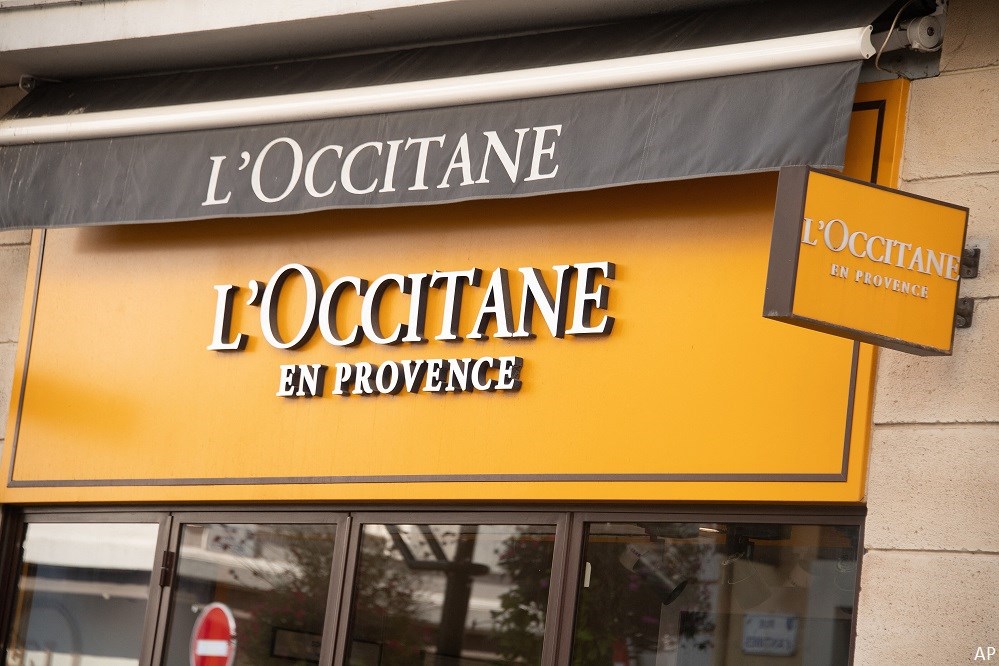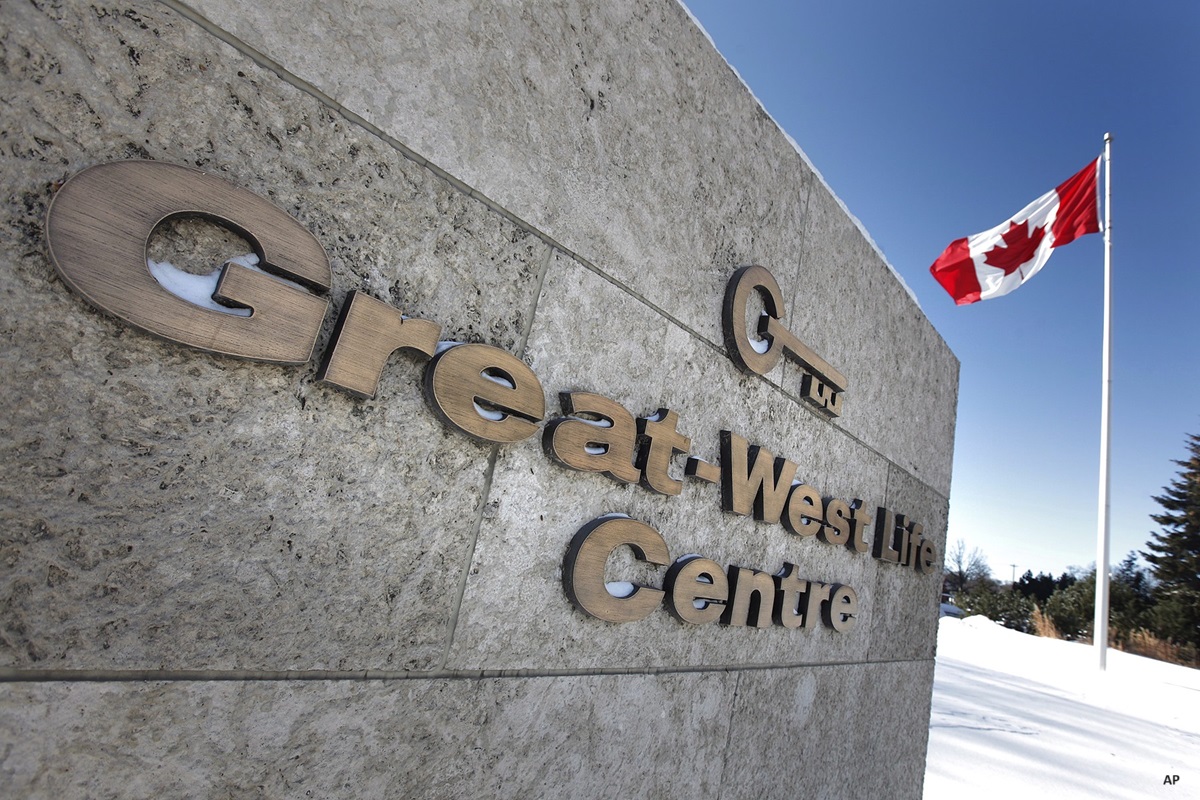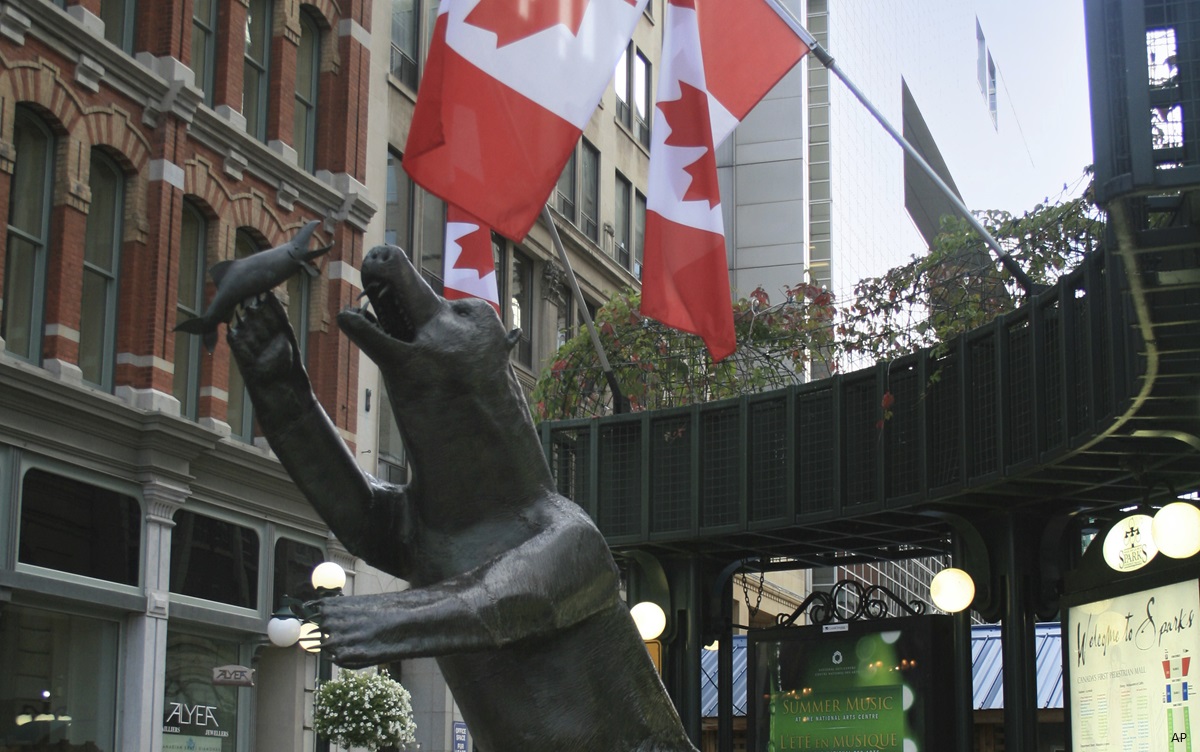
At a time when valuations in much of the market look rich, Robert Beauregard, manager of gold-rated CC&L Global Alpha, is excited about the upside potential for global small caps.
“Almost every other asset class looks expensive, including real estate, bonds, large cap stocks and private equity,” says Beauregard, chief investment officer of Montreal-based Global Alpha Capital Management Ltd., an affiliate of Connor, Clark & Lunn Financial Group Ltd. of Toronto. “Global small caps are trading a discount to most other equity classes.”
But it’s not just the lower valuations that make him optimistic. Beauregard also expects strong annual earnings growth of about 15% in 2022 in the global small cap arena as economies reopen after painful COVID shutdowns.
Cost Control is Key
He expects some inflationary pressures to return and is therefore concentrating on companies that are strong market share leaders with a good ability to pass on cost increases to their customers.
For example, a dominant player in its industry sector is Lisi Aerospace (LSIIF), a France-based world leader in the manufacturing of components such as rivets, bolts and fasteners for the aerospace and automotive industries.
Global small caps have historically outperformed during periods of rising inflation, Beauregard says, and this was particularly evident during the 1970s.
Small Caps Could See Big Volume
“There is a lot of cash sitting out there in private equity and pension funds that could go into global small caps, as there aren’t many other attractive alternatives,” he says. “There’s also a lot of cash on the balance sheets of companies, and small caps stand to benefit from M & A (merger and acquisition) activity. For every large M & A transaction, there are typically 10 smaller transactions in the types of small cap names that we hold.”
Investment money has also begun to rotate away from the high-valuation growth stocks that have dominated major market indices in recent years, particularly the U.S and Chinese tech giants, toward a broader mix of equities.
“We don’t expect any more lockdowns, and are optimistic that economies will continue to reopen,” Beauregard says. “We expect the stock rotation to be beneficial for global small caps within the next six months, whether that’s later this year or early 2022.”
Beauregard and his team keep their eye on a global universe of 11,000 names, which is much broader than the 4,500 names in the MSCI World Small Cap Index.
Bottom-up research is done on about 250 to 300 companies, focusing on those with strong earnings growth and unrecognized potential. The team also seeks companies that can benefit from big-picture secular themes. In addition, environmental, social and governance factors are integrated into their investment analysis. As of June 30, 2021, the carbon footprint of companies in the index is 29% lower than the MSCI benchmark.
Easier to be Different
While popular indices such as the U.S.-based Standard & Poor’s 500 index are heavily influenced by a handful of dominant stocks, some of which account for as much as a 5% weight in the index, the biggest weight for any company in the MSCI Global Small Cap Index is only 15 basis points [0.15%]. Small cap fund managers are therefore under less pressure to own popular companies to keep up with the index, and can concentrate on “pure stock-picking,” Beauregard says.
The $1.9 billion CC&L Global Alpha Fund currently holds 70 companies in 17 countries, spread across 11 currencies and 20 of 24 available industry groups, including eight companies not in its benchmark index. The top 20 names in the fund account for about 46% of assets, but less than 0.42% of the MSCI World Small Cap index.
Companies are headquartered in developed markets, but many have exposure to burgeoning business opportunities in emerging markets presented by the rising middle class.
The upper limit for market capitalization of holdings is US$10 billion, and when companies reach this size they are sold. Portfolio turnover is typically 20%-25% per year.
Fund performance has been strong during both short and long time periods. At Sept. 30, 2021, for the year-to-date the fund was up 19.3%, beating both the Morningstar Global Small/Mid Cap Equity category and Morningstar’s benchmark index by more than seven percentage points. For the one-year period ended Sept. 31, the fund gained 42.9%, and for the five-year period, its average annual compounded return was 12.3%. (All of these performances beat both the Morningstar category and Morningstar benchmark index.)
Top Small Cap Picks
A top holding in the fund is France-based L’Occitane, a manufacturer and retailer of quality skin care products and perfumes made from plant-based ingredients such as lavender and verbena. L’Occitane sells worldwide and is rapidly penetrating emerging markets with about a quarter of sales now coming from China.
Also in the top ten holdings is Raffles Medical Group of Singapore, a diversified private healthcare company operating across Asia. It has built two tertiary care hospitals in China within the last two years, one in Shanghai with 400 beds and one in Chongqing with 700 beds. It is a member of the Mayo Clinic Care Network.
Recent additions to the fund include Quebec-based Innergex Renewable Energy Inc. (INE), an operator of hydroelectric, wind and solar energy facilities in various locations worldwide. Also purchased this year is Emergent BioSolutions Inc. (EBS), an American-based multinational biopharmaceutical company that makes vaccines for infectious diseases. Additionally, it offers products to counteract opioid overdoses, and others that defend against bioterrorism.




















